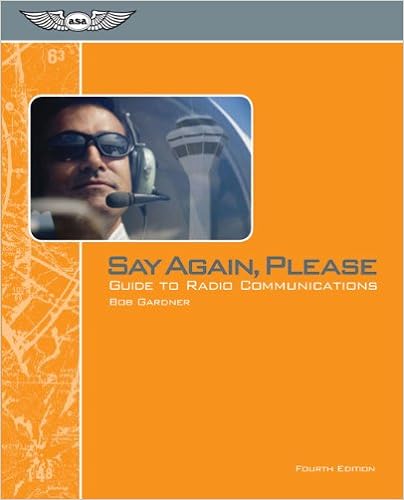My wish for better IFR is an antennae at each airport that goes to some ATC clearance staff. Then I talk on the radio to them like I would to ground/clearance, get my clearance and make it easier to depart from BFE in IMC.
That’s called an RCO and they do exist at a few airports. I assume your “GCO” is one of those annoying things that listens for a number of radio clicks and dials a phone number and makes an patch between radio and telephone line. Those suck.
RCOs cost money to pay for the monthly telephony circuit to the controlling facility and FAA has been dumping them for years due to lack of use.
We have some here that aren’t on airports, they’re on mountain peaks to provide coverage down into the valleys. Most of ours aren’t paid for by FAA they’re paid for by the State.
My CFI just replied to my text message, and after numerous texts back and forth, he threw out the option to me of just going up for a fun flight, with no instruction, where I can just kick back and enjoy the flight. So, that’s what we are no set to do next Saturday. I said that perhaps he can fly, and I’lll do the radio stuff. That is, If I’m up for it. We’ll play it by ear.
Maybe it’s just what I need. A flight where there is no expectations, and I can do as much, or as little, as I feel I want.
Let us know how it goes. Yes, that may be exactly what you need. Many students feel task saturation as “compression” or “pressure” and a flight where you can sit and watch and practice something difficult for you while the instructor handles other things will often remove that feeling.
What it also often will do, is after you’ve been sitting there a while and practicing whatever you wanted to practice, you’ll notice that you WANT to fly again... Hey, it’s kinda boring sitting here watching this instructor fly the plane... I can do that...
Because the “pressure” is off, you get to see the cockpit as a relaxed, normal place again, and it’s not triggering a stress reaction. Look around, enjoy the scenery, notice how relaxed the instructor is just flying the plane with two fingers and the trim wheel, listening for radio calls and processing them without too much effort... that’s you soon, as PIC after you’ve gotten more practice at it all. If that’s who you want to be, you’ll be asking for the yoke and wanting to do some flying probably, part way through the flight.
Speak up if you do, the instructor will gladly say, “Your airplane!” They want you to succeed.
Here’s another tip. If you’re getting task saturated with the radio, there’s nothing wrong with saying, “I’d like you to take over flying the aircraft and I’ll focus on these radio calls for this lap around the pattern. I want to do one lap right and then I’ll fly and talk.” Nothing wrong with that at all.
Later in training the instructor might say, “No, you’ve got this...” but early on? Just ask if you need the instructor to play autopilot for a few minutes. You’re supposed to be learning to utilize ALL onboard resources as PIC anyway, right?
Wake Otto over there in the right seat up, and make him show you a nice short field landing while you make a few radio calls. He won’t let you do it forever... (I mean, he does need to get back to his nap, and all...!), but most instructors will definitely take the controls for something like that.
Go enjoy the flight. Re-gain that sense of wonder that you had on flight number one. If someone is doing a hamburger run or breakfast run, see if you can be a back seat passenger once in a while.
Also maybe ask your instructor if you can ride along in the back and watch a lesson he or she is giving to an advanced student. It’s surprising how relaxed you are back there watching while an instrument student in the left seat is sweating profusely with the hood on, and the instructor tosses you a grin or two over their shoulder as they poke an instrument cover over an instrument and the guy or gal in the left seat starts sweating (and maybe swearing) even harder. LOL.


